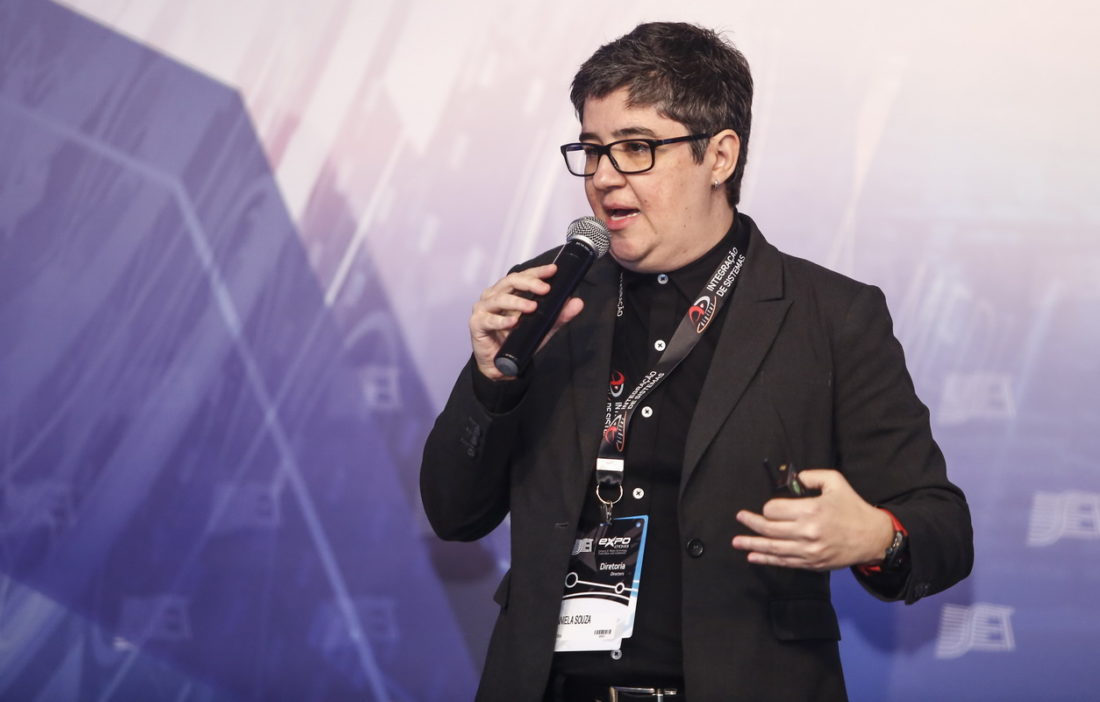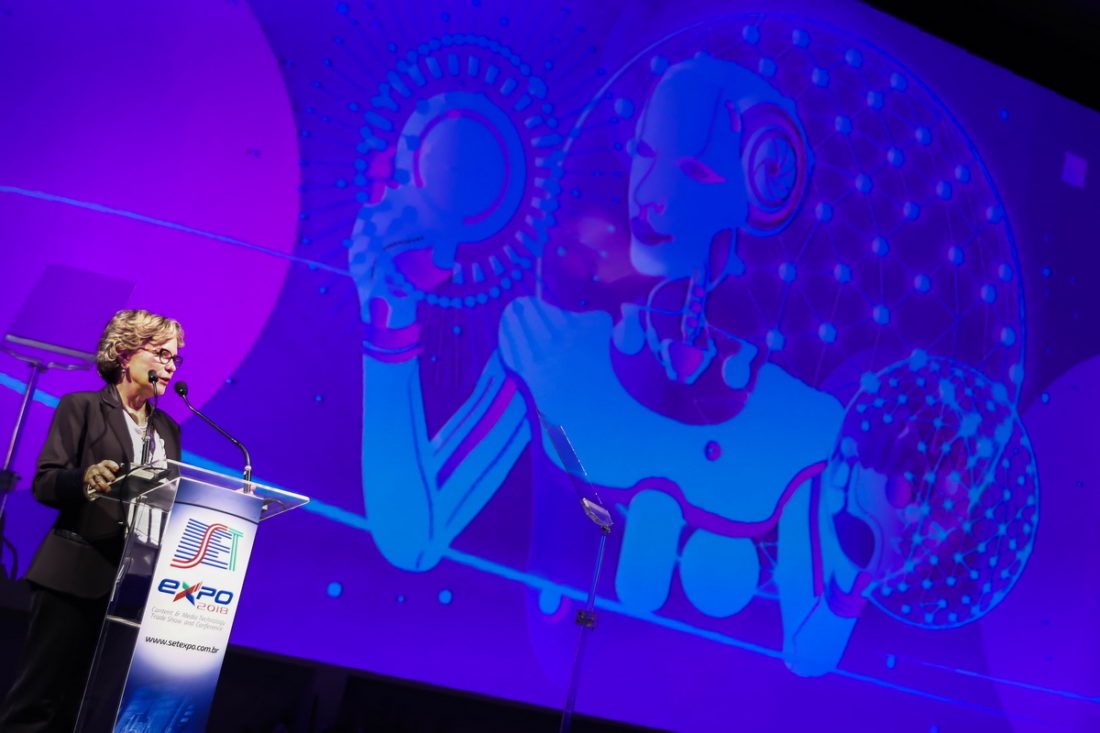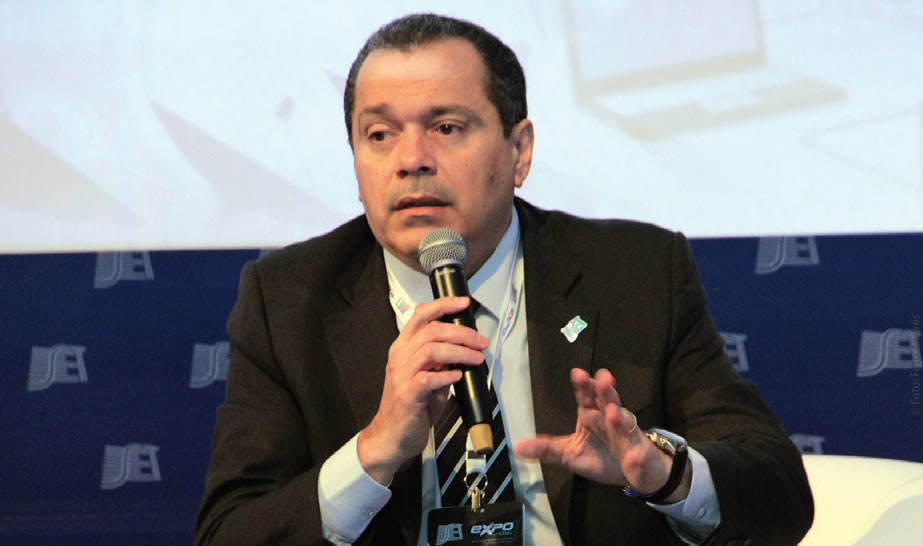
Brazilian Terrestrial Digital Television System is ten years’ old
 The Brazilian Terrestrial Digital Television System (SBTVD-T) is ten years’ old Since its creation in 2006, its role has been to set the guidelines for the migration from the analog signal to the digital signal and enable the population to enjoy programs with better quality pictures and sound, without interference from signal noise or screen burn-in.
The Brazilian Terrestrial Digital Television System (SBTVD-T) is ten years’ old Since its creation in 2006, its role has been to set the guidelines for the migration from the analog signal to the digital signal and enable the population to enjoy programs with better quality pictures and sound, without interference from signal noise or screen burn-in.
Television is Brazil’s most popular means of communication, found in 97% of households according to the Pesquisa Nacional por Amostra de Domicílios, or PNAD, a sample survey of Brazilian households carried out by Instituto Brasileira de Geografia e Estatística, or IBGE, the Brazilian Census Bureau.
The advantages of the digital signal include the ability to watch on mobile devices; multiprogramming that supports the transmission of different programs on the same channel; and the possibility for interaction using Ginga, the Brazilian middleware for the direct exchange of data via the television set.
The system is currently adopted in 18 countries. Besides Brazil and Japan, ISDB-T has been chosen by Peru, Argentina, Chile, Venezuela, Ecuador, Costa Rica, Paraguay, the Philippines, Bolivia, Uruguay, the Maldives, Botswana, Guatemala, Honduras, Sri Lanka and Nicaragua.
Disconnecting analog TV
In South America, Brazil was the first nation to begin disconnecting analog TV signals. It all began at Rio Verde, Goiás State, on March 1st. The next city on the disconnection schedule is Brasília, as well as a further nine municipalities bordering the Federal District (DF), on October 26th.
Check out the disconnection schedule here.
The SBTVD standard
The SBTVD standard was based on the Japanese ISDB-T model following extensive research by a Study Group consisting of SET technicians and engineers, together with ABERT – Associação Brasileira das Empresas de Rádio e Televisão (the Brazilian Association of Radio and TV Companies). Over a four-year period (1994 – 1998) they analyzed the existing digital TV standards, and it was only in the year 2000 that they did in-depth analysis of the Japanese model, considered to be the most efficient, with the support of the Mackenzie Presbyterian University and under the watchful eye of ANATEL (National Telecommunications Agency).
The studies they carried out led to a series of enhancements and, on November 26, 2003, under presidential decree 4901, the Brazilian Digital Television System (SBTVD) was launched with the aim of creating a benchmark model for terrestrial television in Brazil.
SBTVD at SET EXPO
Partners since the ISDB-T model was created, SET will pay homage to the 10th anniversary of the creation of the SBTVD during the opening ceremony of SET EXPO 2016, which takes place from August 29 until September 1, in São Paulo.
For further information on how to register for the Trade Show or enroll for the Conference, click here.
For further information about the SBTVD-T, read the full story here.
Source: Ministry of Communications and Wikipedia







